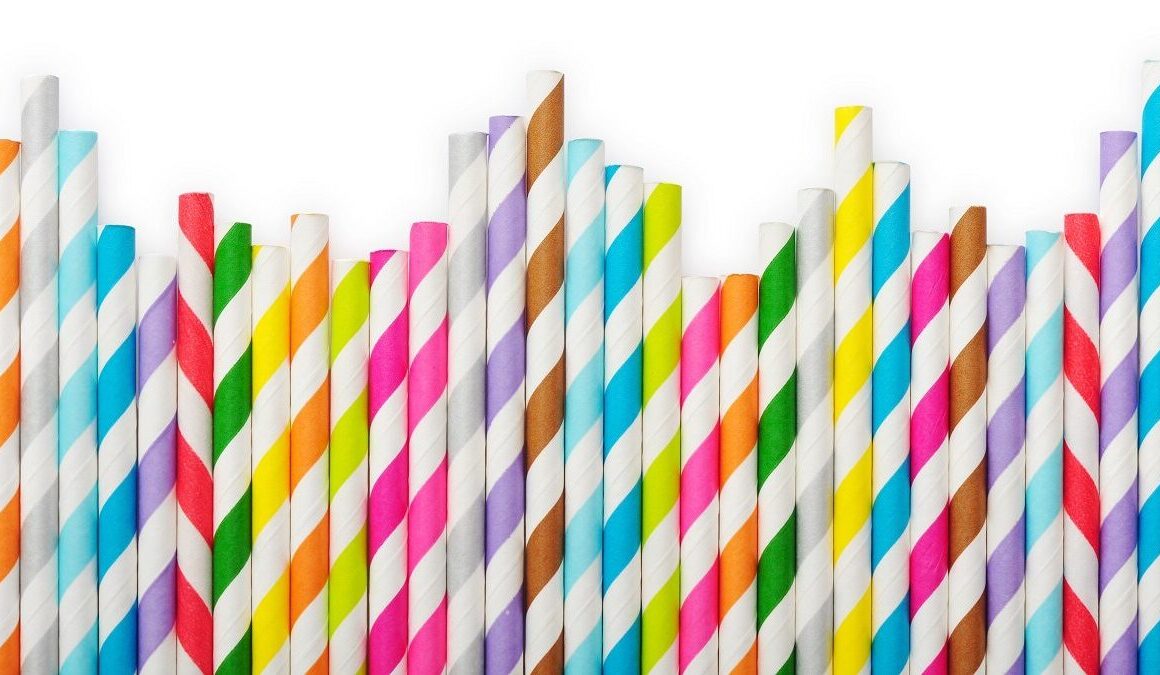9 Alternatives to Single-Use Plastic Straws
Single-use plastic straws are an environmental problem that few people think about. But consider the popularity of drinks like fountain sodas, iced lattes and bubble teas; all the accompanying plastic straws add up to a lot of plastic waste.
According to Australian researchers, as many as 8.3 billion plastic straws litter the world’s beaches, roughly one for every living human. Those straws are difficult to recycle and seldom accepted by curbside programs or at transfer centers, but most importantly they add to the plastic catastrophe happening in our oceans.
By switching to a reusable, you’ll reduce the demand for single-use polypropylne (#5 plastic) straws, the manufacturing of which produces about 1.5 grams of CO2 emissions. That may not sound like much, but the approximately 500 million straws used in the U.S. each day account for 1.6 million pounds of CO2 emissions — 301,757.36 tons annually.
The good news is that there are lots of practical alternatives to the single-use plastic straw, including the nine options below.
Note: This post contains affiliate links, which helps fund our Recycling Directory, the most comprehensive in North America.
1. Reusable Plastic
Reusable plastic alternatives are probably not the best solution but are far superior to their single-use siblings. Remember Krazy Straws? Why not keep a couple at the office?
2. Acrylic
A step up, acrylic straws are the sort of straws that you find in the reusable cups sold at your local coffeehouse or donut shop. The acrylic is durable but can show some signs of wear from the dishwasher.
3. Glass
Elegant and sustainable, glass straws can up your fancy factor.
4. Metal

Like glass, aluminum or stainless steel straws can conduct temperature — but for ease and durability, metal is hard to beat. Plus, imagine drinking with a chilled, metal straw the way you would use a frosty mug.
5. Bamboo
Everyone knows about the renewability of bamboo as a resource, so why not capitalize on its strength and versatility to make a sustainable bamboo straw?
6. Plant-Based/Compostable
If single use is important, choose a plant-based product that will easily compost. Try a flavored, edible straw made from a seaweed-based material are on the way.
7. Paper

Classic striped paper straws will add a touch a whimsy and vintage feel to your lemonade, but be warned, some can wilt. Aardvark was the official partner of Strawless in Seattle and is known for making stronger straws.
8. No Straw At All
This is our preferred approach. Is no straw a radical move or just, as Strawless Ocean claims, an effort to stop sucking?
Don’t Forget
Keep in mind that if you do choose a reusable straw, you must clean that straw because it is the perfect environment for all kinds of nasty things to grow. It’s not always an easy feat, but many of the companies that make the reusable straws also offer handy, skinny brushes for just that purpose.
Editor’s Note: This article was originally published on April 24, 2018, and updated in March 2024.



